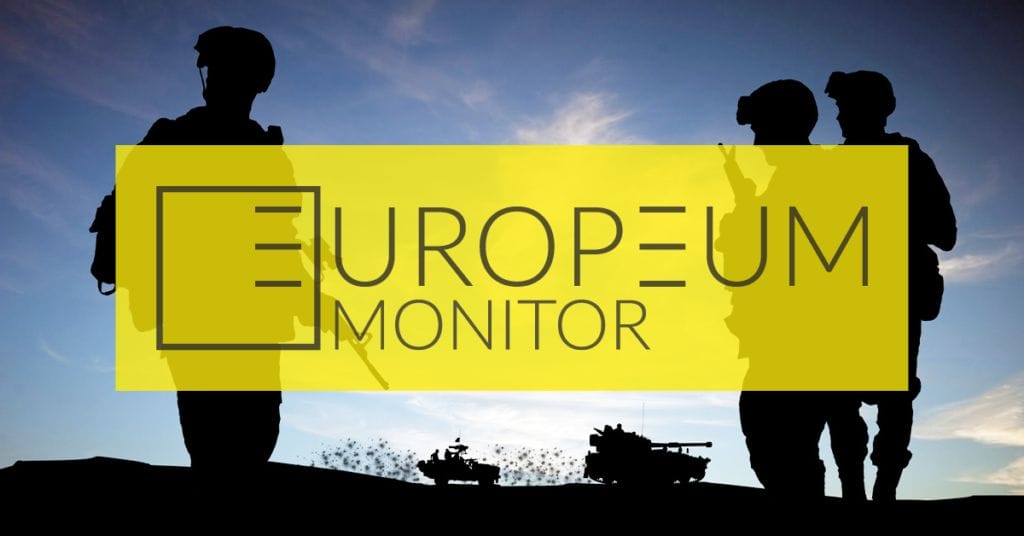EU MONITOR: Securing Europe in Insecure Times: How Military Mobility and Deepened European Integration are Vital to Europe's Security

Celou publikaci si můžete zobrazit zde a stáhnout PDF napravo od tohoto článku.
- In 2017, Ben Hodges, back then the U.S. general in charge of the U.S. military in Europe, related to the press the problems he had to deal with to tackle the Russian threats in the Old Continent. He outlined that NATO military movements were continuously hampered by red tape. The reason being was that NATO allies did not enjoy freedom of movement through their borders. Every time a military force needed to cross a border, it had to deal with the bureaucracy and laws of each country, which may be the responsibility of different ministries (not necessarily the Ministry of Defence).
Transport infrastructure policy is amongst the most compelling factors to be addressed to ensure that all means (air, road, rail, maritime and inland waterways) are available for dual-use and in all strategic directions. There are currently some existing incompatibilities that could constraint military mobility. For instance, the Baltic countries operate Russian gauge railroad tracks, whereas many other European states use standardized European gauges. Other physical barriers regarding infrastructure may be insufficient rail load capacity to bear overweight military vehicles or height clearance and weight tolerance of road bridges.
Overall military mobility is both a NATO and EU initiative in which mutual cooperation has proved positive. It has reinforced the bonds between the two institutions promoted since the foregoing Joint Declaration of 2016. Nevertheless the deepening of this relationship presents some challenges. For example, some argue that the efforts driven to strengthen EU's defence capabilities could undermine NATO. There is a certain tendency to approach this as a dichotomy where European defence architecture is either NATO ś or the EU ś responsibility.





